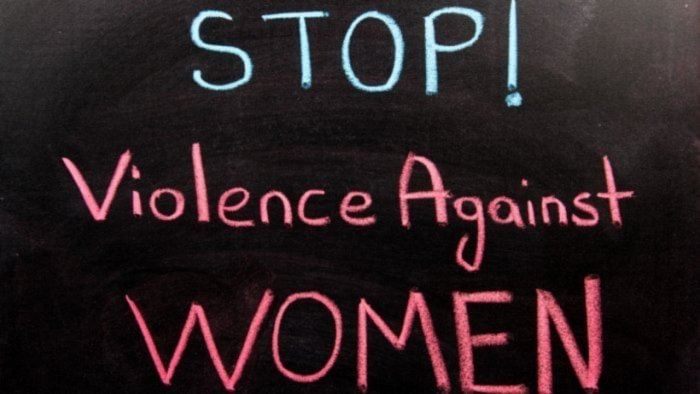
Women and girls around the world suffer from gender-based violence, which causes significant physical, sexual, and psychological harm to them. Violence can take many forms, from intimate partner violence to human trafficking, female genital mutilation, and child marriages. In India, the National Crime Records Bureau (NCRB) categorises different forms of crimes against women and reports on their incidence and disposition. The NCRB’s recent report, released in August, shows that crime against women has increased by 15.3% in 2021 over the previous year, and the crime rate (calculated as per one lakh of population) has increased from 56.5% in 2020 to 64.5% in 2021.
Today marks the International Day for the Elimination of Violence Against Women; the NCRB report shows that little has changed as women and girls face increasing violence. Of all the cases of crime against women, a majority of the cases (31.8%) fall under the category “cruelty by a husband or his relatives.” The private space of the family, which should ideally provide the highest level of safety for women, has failed to do so.
The NCRB data is just the tip of the iceberg given that a majority of crimes go unreported. A study combining NCRB data on crimes recorded by the police with National Family Health Survey data on actual experiences of crime victims shows that under-reporting of sexual violence, including marital rape and assault, is as high as 99.1%. Despite laws to protect women against domestic violence (Section 498A, IPC), women do not report owing to fears such as loss of family prestige, victim shaming, and retaliation. Another reason is women’s internalisation of their gender roles. Women tend to normalise domestic violence when they believe they have failed to perform their domestic duties. Financial dependence, the restrictions on mobility, and a lack of awareness on legal recourse also hinder the prospects of reporting such crimes.
Although violence against women occurs at all ages and across all religions, cultures, and countries, some factors increase the risk of victimisation. In India, these range from deeply entrenched family and community ideologies that normalise violence against women to poverty and food insecurity. Conservative ideas about gender roles have kept women in an inferior position with less access to paid employment, poor social networks, limited mobility, and a lack of agency in family decision-making. They are expected to be submissive and subservient, ensure fertility, and attend to domestic duties unfailingly. There is also evidence to suggest that controlling behaviours as well as alcohol abuse by the husband, increase the risk of IPV.
Since domestic violence is largely a reflection of the deep-seated patriarchal culture that sustains and justifies violence against women, efforts should be made to attack such conservatism in the first place. A good place to begin is with community collectives that organise themselves toward specific goals. The anti-arrack movement in Andhra Pradesh against the production and sale of country liquor and the Society for Women’s Action and Training Initiative (SWATI) in Gujarat, which works to prevent domestic violence in collaboration with the rural healthcare system, are examples of successful mass mobilisations by women that transcend class and caste considerations.
Awareness programmes that sensitise both men and boys are important. The NCW ad campaign against domestic violence, which was launched during Covid 19 and included the provision of a WhatsApp number for easy reporting of violence, should be made available to women in perpetuity. Women police stations and police personnel sensitive in dealing with domestic violence complaints are important to encourage women to report violence.
Economic factors that increase the risk of violence against women should also be addressed. Food insecurity in low-income households is closely related to domestic violence. A narrative from a study exemplifies this point: “When my husband’s stomach is empty, he beats me, but when it’s full, there is peace” (Hartmann and Boyce, 2013). Inclusive food safety nets that cater to inter-sectionalities of region, class, caste, disability, and others must be strengthened further through the public distribution system.
Lastly, society could think along the lines of restorative justice. As domestic violence is under reported and given the shortcomings of the existing criminal system, justice through the criminal system may not serve the women’s needs. Restorative justice that focuses on the needs of the survivor rather than punishment for the perpetrator can be an alternative to the problem. This can be done through peace-making circles that allow a space for conversation with victims and offenders, their families, and community members to find constructive solutions to their problems and work towards repairing the harm.
(The writer is Associate
Professor of Economics, Christ University, Bengaluru)